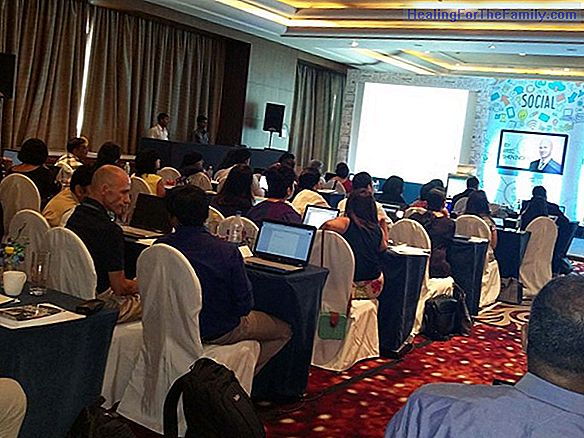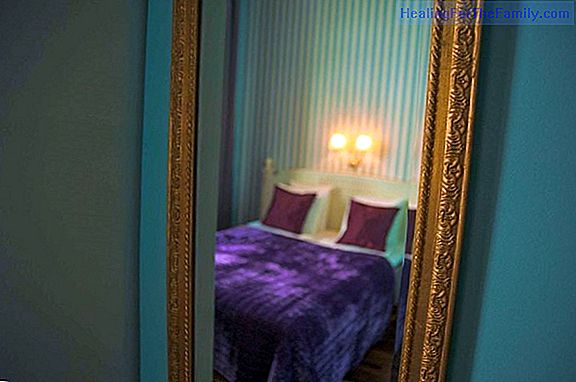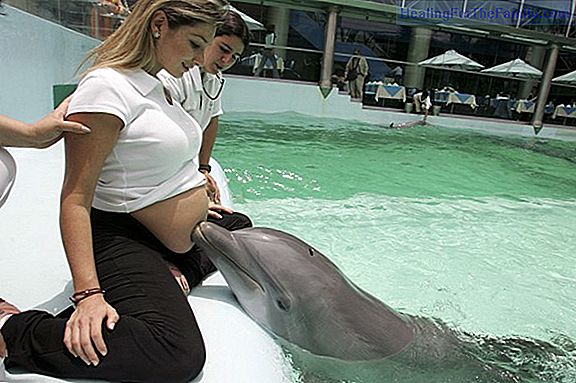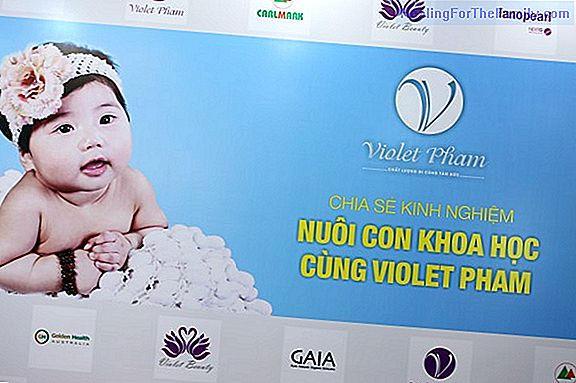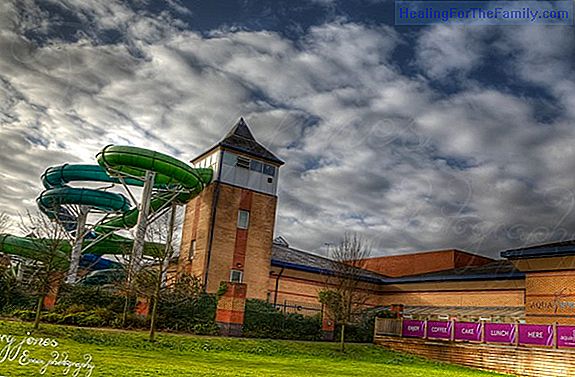Children's back: exercises to correct postures
The correct growth of children's backs is essential to avoid ailments in the future. The spine is the axis, the main support of our skeleton. In the age of growth of children, between 9 and 12 years, most of the deviations of the spine occur. These deviations can be postural or functional , that is,
The correct growth of children's backs is essential to avoid ailments in the future. The spine is the axis, the main support of our skeleton. In the age of growth of children, between 9 and 12 years, most of the deviations of the spine occur.
These deviations can be postural or functional, that is, given by the way in which the child feels, walks and performs the movements of his daily life. Or they can be structured, more difficult to correct because of the difficulty to 'get right', since the column is deviating from its axis to the sides or back and forth, scoliosis, hyperlordosis or kyphosis can occur, respectively.
Postures and exercises that parents can perform together with their children
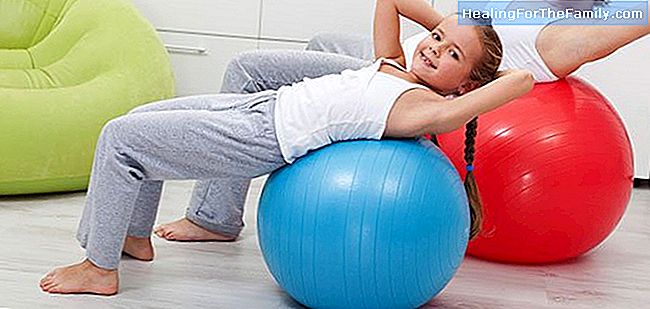
1. In the case of adopting a 'bent forward' posture (kyphosis dorsal).Posture lying face up on the floor, with the legs elevated (as close to 90º as possible) resting the heels against the wall, and the arms at the sides of the body in cross (forming 90º with the trunk) with the palms facing up . Pay attention to the breathing tried to expand the chest, open it, and in each exhalation push with the tips of the fingers outward, until you feel the stretch in the chest area. At the same time, the shoulders should be lowered, avoiding tensioning the trapezoids.
2. In the case of a 'queue' posture (lumbar hyperlordosis).Posture lying on your back with your feet resting on the floor, the width of your hips. Check that the waist is in contact with the floor. Perform the movement of 'put the tail' trying that the lumbar region crushes the ground well, without lifting or taking off as little as possible the sacrum of the floor. And loosen the movement. Repeat with the rhythm of the breath, making the movement with the exhalation and relaxing with the inhalation. Try to perform the movement with the least possible force.
It is important to mention that these exercises should not cause pain. Stretching may be felt, but it should not be unpleasant to a large extent. It is always advisable to carry out some physical activity where there is body awareness, since there is currently a tendency to sedentary lifestyle, which negatively affects health.
Tips to take care of children's backs
In case the pediatrician or orthopedic surgeon has diagnosed scoliosis, dorsal kyphosis or lumbar hyperlordosis, the physiotherapist or kinesiologist can treat the child with a series of corrective postural exercises, in order that the curvature does not continue advancing during the growth of the child, paying special attention at the moment in which 'it hits the lug'. Depending on the degree of curvature, the traumatologist will indicate the use of orthotics or surgery.
The cases ofpostural deviationsare the great majority and, in general, children do not usually receive attention from the health team, which may increase the chances of "fixing" that bad posture in adulthood, which generates , in many cases back pain and it is more expensive to modify it.

Lucía Bester
Kinesióloga
Physiatrist
Blog Postural Education in Motion
Collaborator of GuiaInfantil.com


